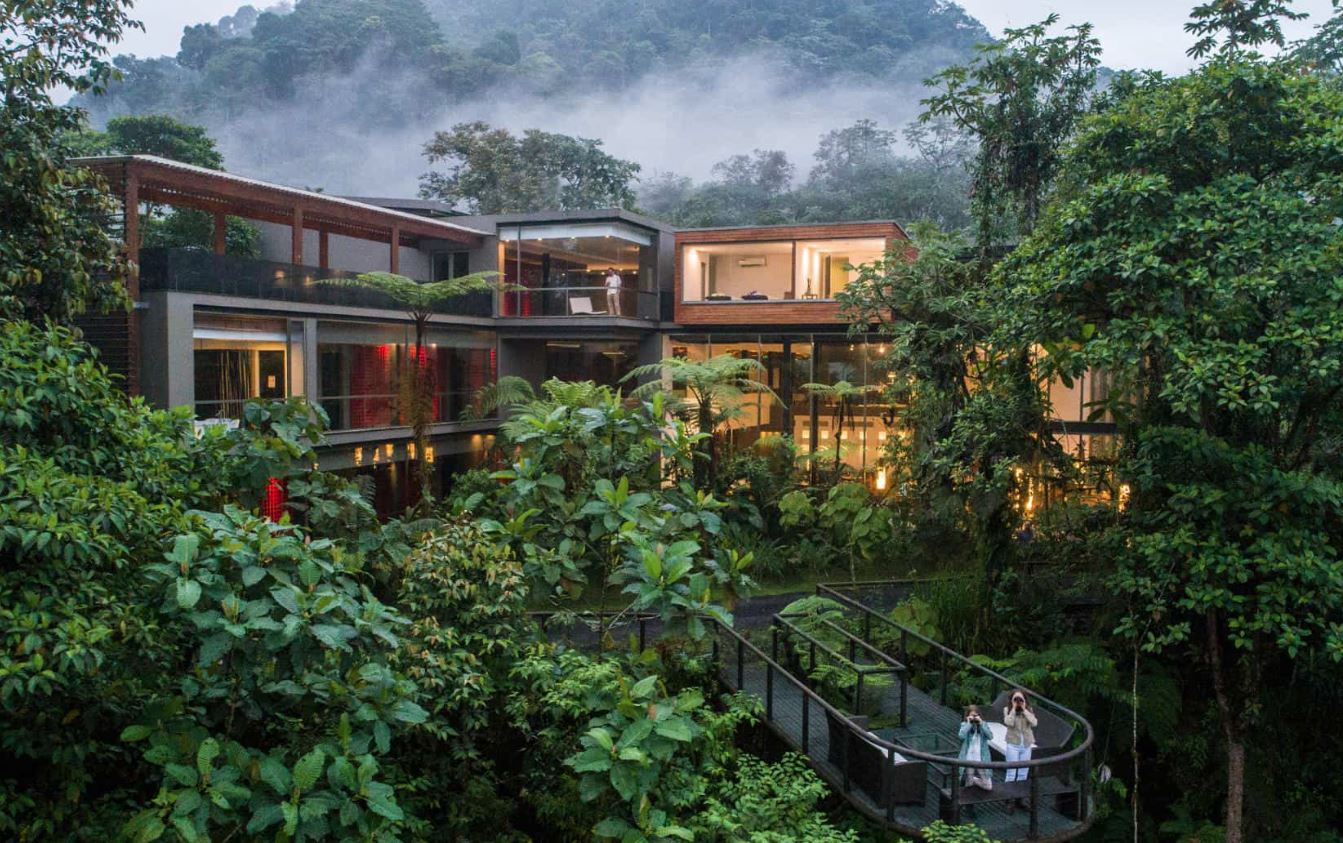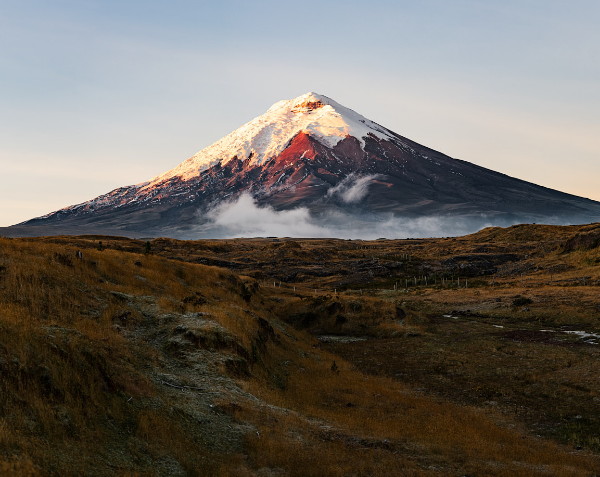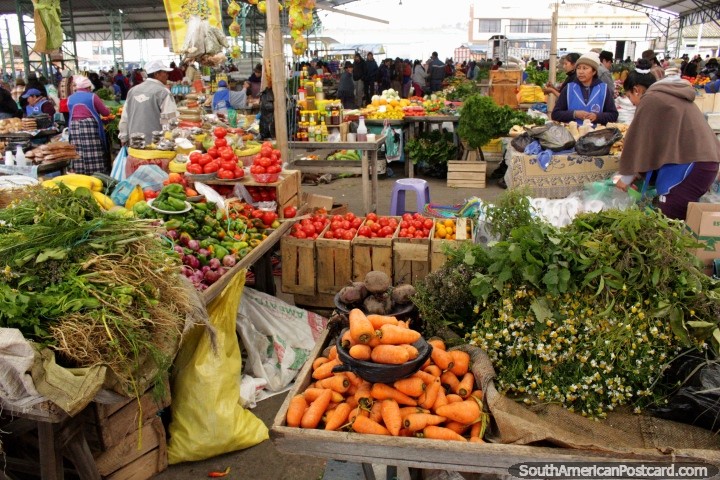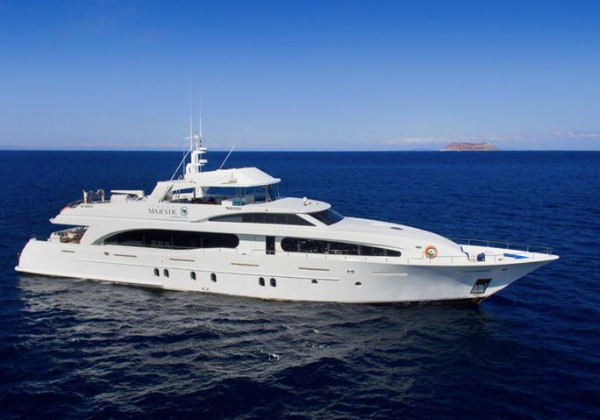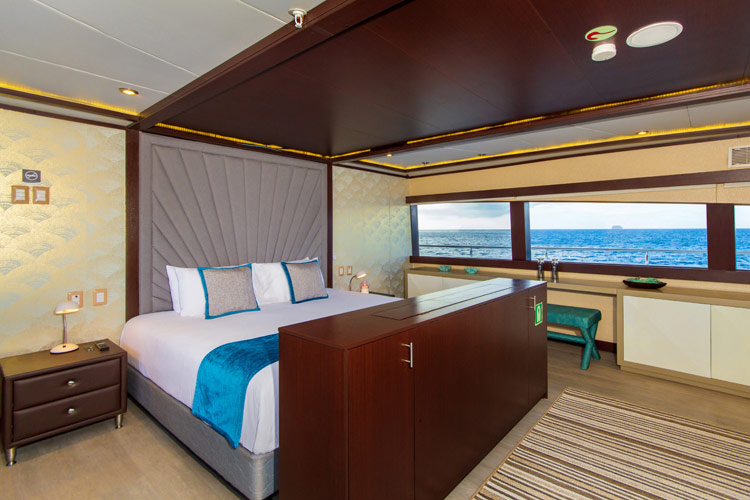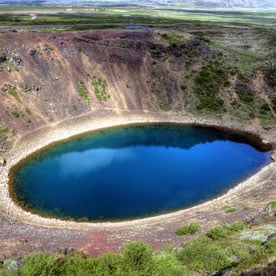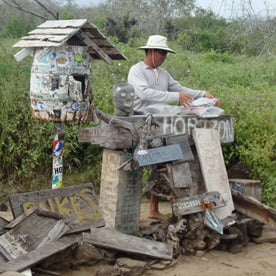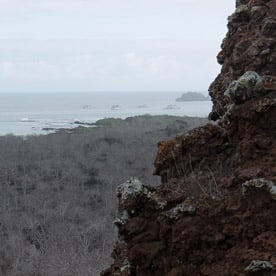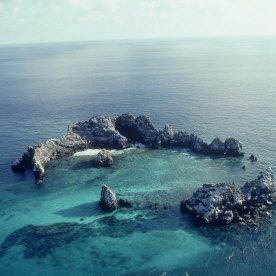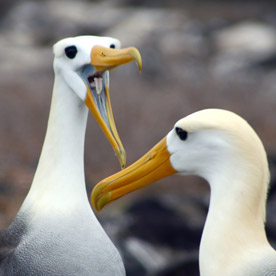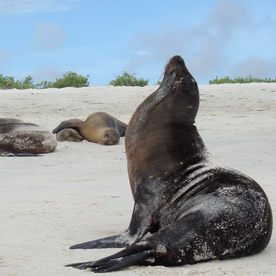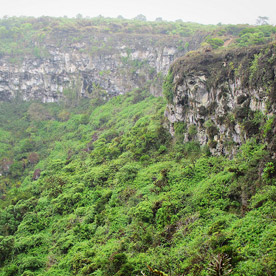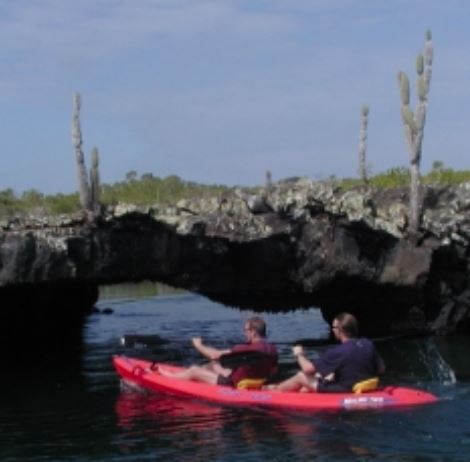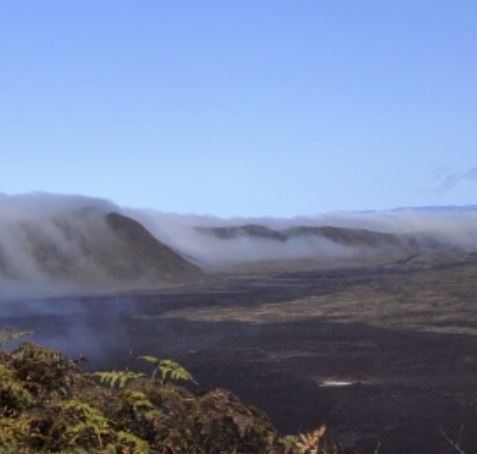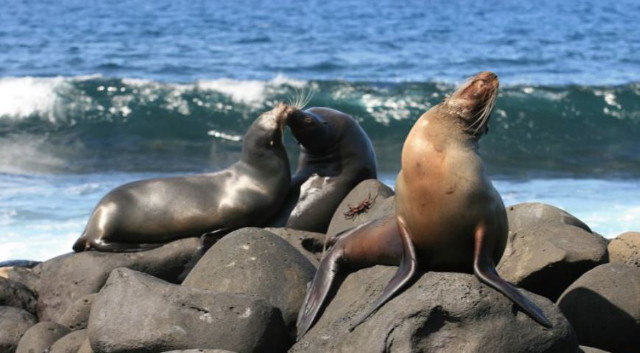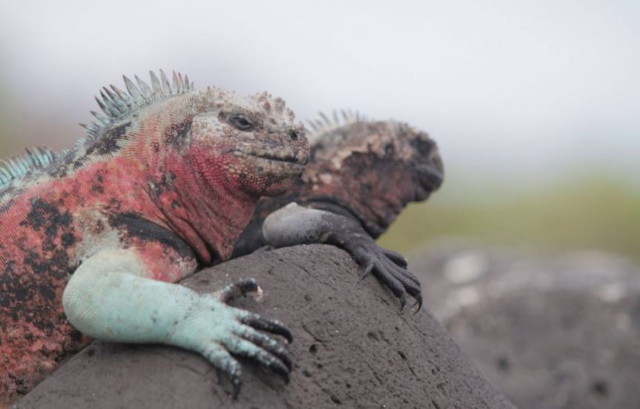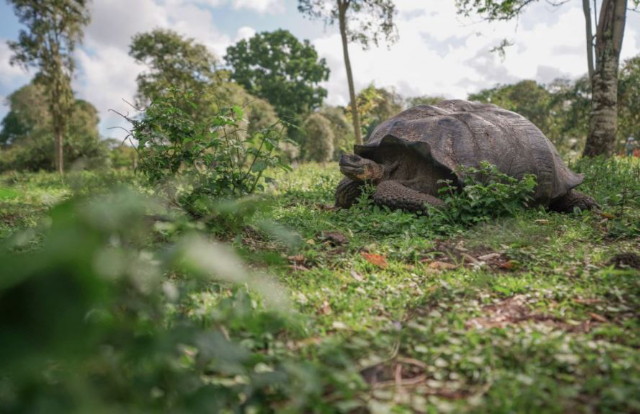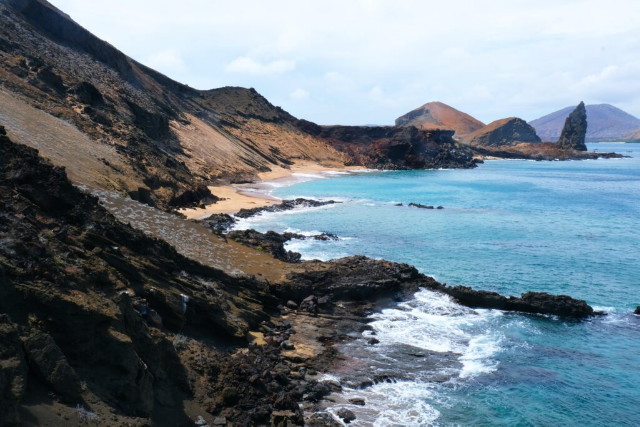San Cristóbal Island
The name of San Cristóbal island is due to the patron saint of sailors, named after the year 1973. Its historical name is Chatham, the same that was assigned by Captain James Colnett, who named it in honor of William Pitt, First Count of Chatham.
As part of the tangible and intangible cultural heritage of the islands, we must mention historical events such as the beginning of colonization in 1866 when the Ecuadorian Manuel J. Cobos, aboard two boats called Julian and Josefina Cobos disembarked in Bahia Naufragio with a group of 10 workers to start the installation of a sugar mill called the “Hacienda El Progreso”, a company that for 25 years, from 1879 to 1904 was the economic engine of the island. The ruins are located at the entrance of the town of the same name. And, the creation of the fishing society “La Predial” that during the years 1952 to 1960 intended to develop fishing on an industrial scale.
Santa Cruz Island
It is the first most inhabited island in Galapagos, it is located in the center of the Galápagos archipelago at 1000 km. Of the continent. It is located in the center of the set of islands, with an area of 986 km2 and a maximum altitude of 864 meters above sea level. It is a dormant volcano whose last eruption is estimated to have occurred 1 and a half million years ago. As a testimony to its volcanic past there are two huge cavities called “The Twins” that were formed from a magma chamber.
It has an area of 98,555 hectares. The island is characterized by its geological landscape and the variety of its vegetation, distinguishing 7 vegetation zones at an altitude of 864 m above sea level. The island is full of natural charms, beautiful beaches, unique animal species, exuberant vegetation, craters and lava tunnels. Currently the population is approximately 19,000 inhabitants.
Isabela Island
Isabela is the youngest and most extensive island of the archipelago, it covers almost 60% of the total land of the Archipelago. The island is still in formation presenting recent eruptions of several of its volcanoes. In Isabela is the highest point of the islands, the Wolf volcano with 1707 meters above sea level.
You can see penguins, flightless cormorants, marine iguanas, blue footed, pelicans, sea lions, as well as abundant red crabs. In the skirts and boilers of the six volcanoes of Isabela you can see land iguanas and turtles, as well as finches, cormorants, flamingos, Galapagos hawks, Galápagos pigeons and interesting vegetation.
In Puerto Villamil there are also several historical events such as the existence of the penal colony, as a witness is the so-called wall of tears that according to what is told was built by the prison inmates who were forced to place one by one the stones that make it up.
Floreana Island
Here you will find several adventure activities to do and also enjoy the wonderful nature that surrounds this island. The island has an area of 173 square kilometres (67 sq mi) with only 100 inhabitants, with whom you’ll be able to share the experience of living in such a peaceful and charming place.
During your stay you can stop to observe penguins, learn about the fascinating history of Post Office Bay, and dive through one of the most incredible places: La Corona del Diablo. Your visit to Floreana Island may not be so hectic, but it will be a break where you can enjoy long walks through landscapes that you won’t see anywhere else in the world.


